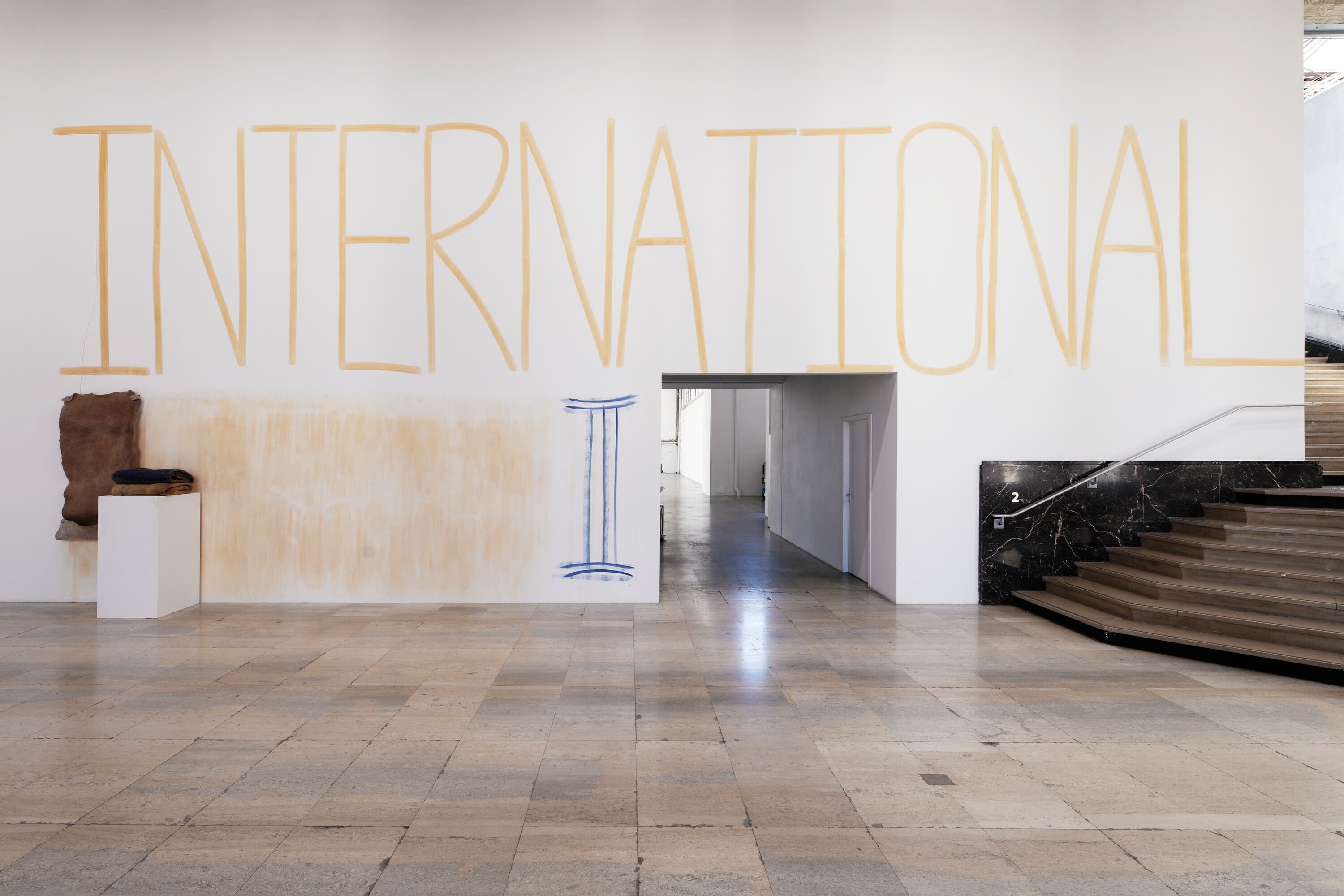Editorial
By Paris Lettau
Issue 3, Autumn/Winter 2025
What happens when political art becomes indistinguishable from marketing? Catherine Liu calls it “the highest form of kitsch” — where liberal good intentions become another elite commodity. Vincent Lê sees Apple’s crushingly smooth aesthetics not as mere flattening, but as capitalism’s natural logic of “creative destruction” at work: art compressed into commodity pixels; culture remade through self-improving competition. Either way, we’ve reached peak kitsch. Slavoj Zizek spots it: Trump’s AI-generated Gaza fantasy isn’t just tasteless satire; it’s political kitsch perfected. Call it hasbara via hyperpop.
Meanwhile, Isobel D’Cruz Barnes shows how artists on Narrm’s subculture music scene recognise that the real stage isn’t sound — it’s Instagram, TikTok, and every surface of aesthetic performance. Emerging now is culture as costume, rebellion reimagined as self-design, “lazy representation politics and identity capitalism” countered by their acceleration. And maybe that is just fine.
But no one slices open this tension between image and impact like artist Maria Kozic, whose visceral pop provocations twist kitsch into something uncomfortable, even violent—like Warhol thrown into a meat-grinder. Here kitsch doesn’t comfort but “pops.”
Khaled Sabsabi’s Venice controversy crystallises the stakes: Creative Australia recoiled from his political ambiguities, preferring art to neatly market their own virtue. Adorno (via Benjamin and Greenberg) knew all along: kitsch is the aestheticisation of politics. Or was it fascism? Or is art best when it risks being misunderstood or ambivalent, or, even better, wrong?
— Paris Lettau
Related
Each issue of Memo is created in dialogue with the focus artist, who we have invited to contribute an original work specially made for the readers of Memo. The works are available in a numbered Special Edition.

Claire Bishop critiques “research art” as text-heavy and citation-driven, but her Eurocentric framing misses artists like D Harding and Megan Cope, whose work transforms research into lived cultural practice.